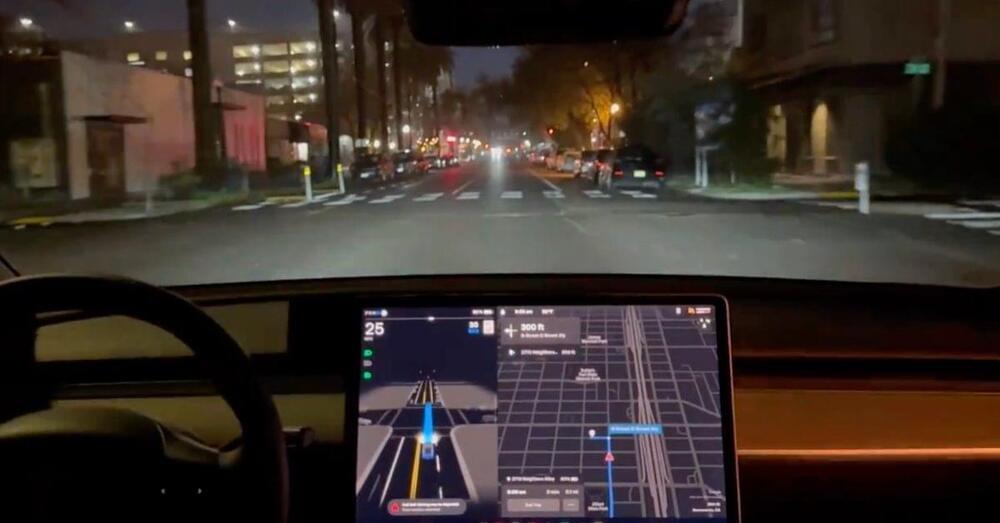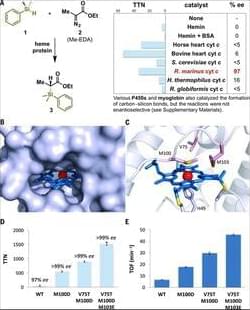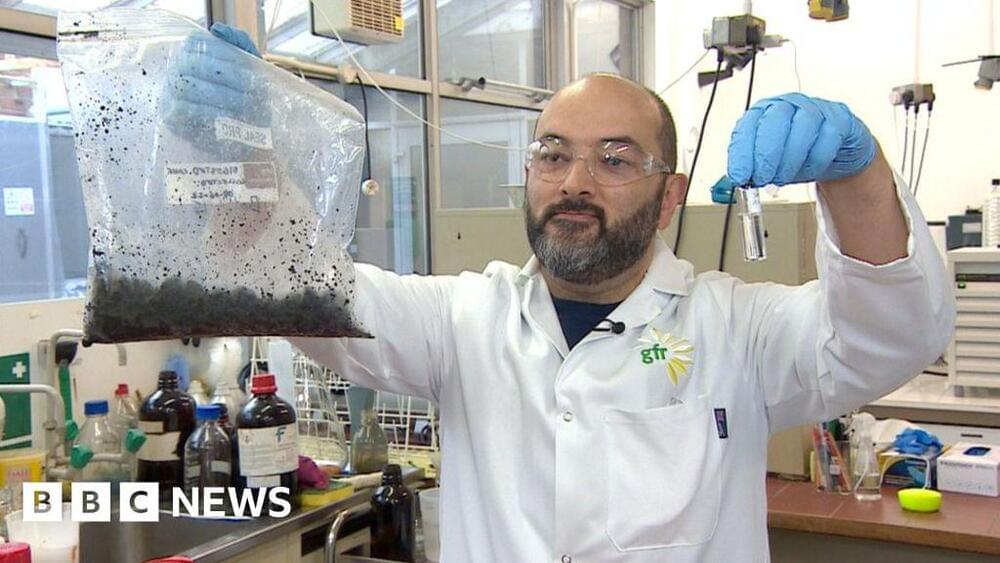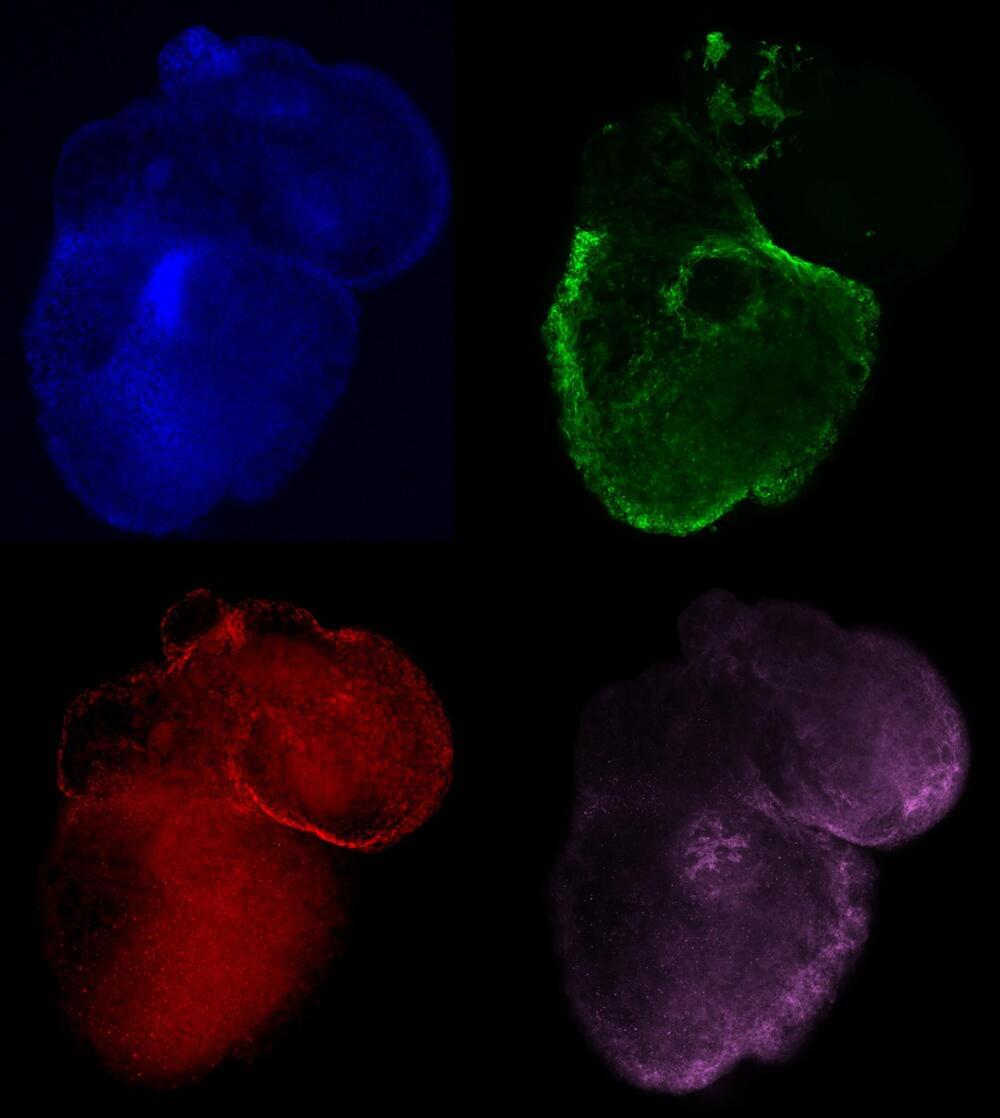A Tesla driver using the new Full Self-Driving (FSD) Beta v12 software managed to showcase a new behavior: FSD Beta autonomously looking for a parking spot.
The Tesla v12 software update is expected to introduce what CEO Elon Musk has been calling “end-to-end neural nets”. The biggest difference with previous FSD updates is that the vehicle’s controls would now be handled by neural nets rather than being coded by programmers.
It is being touted as the difference maker.







